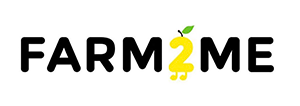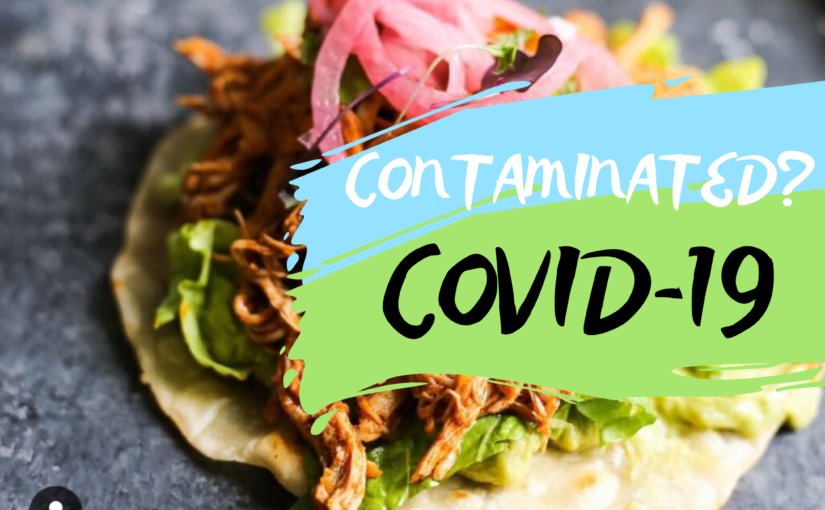Social distancing has transformed our lives. Restaurants across the country, whether by government mandate or choice, are shutting down their dining rooms to prevent the spread of coronavirus. But one question keeps popping up:
Can you get coronavirus from food?
We’re now more dependent on takeout and delivery—including meal kits and prepared meal delivery—than we’ve ever been before. And restaurants are adapting to accommodate that. Everyone is concerned about the spread of coronavirus, and it’s completely reasonable to wonder if our new dependency on food prepared elsewhere poses any risk. So let’s look into the facts.
Can You Get Coronavirus from Food?
According to the U.S. Food and Drug Administration and the European Food Safety Authority, there is no evidence of food or food packaging transmitting the coronavirus that causes COVID-19 BUT Please watch our video above on how a Physician would clean food and packaging.
Typical foodborne gastrointestinal viruses that cause illness through contaminated food are fundamentally different from a respiratory virus like SARS-CoV-2, also known as the novel coronavirus. Foodborne exposure to the coronavirus is not a known route of transmission.
Furthermore, the Food Safety Authority of Ireland believes that thorough cooking of food is expected to kill the virus and eliminate the risk of transmission.
How Coronavirus Spreads
It’s thought that the virus is spread primarily person-to-person through close contact with other people (within 6 feet) and through respiratory droplets when a carrier of the virus coughs or sneezes.
It may be possible to get COVID-19 by touching an object that has the virus on it and then touching your mouth, nose, or eyes. At least one study has shown that the virus can survive for up to three hours in the air, up to 24 hours on cardboard, and up to three days on plastic and stainless steel.
So how does that affect the surfaces of food takeout and delivery packaging?
Coronavirus and Takeout or Delivery
The FDA does not believe surface-to-person transmission is the main way the virus spreads. While surfaces can carry the virus, the “risk of transmission is very, very low,” North Carolina State University food safety specialist Benjamin Chapman told CNN. “[Transmission from takeout and delivery packaging] is a remote possibility and thousands if not millions of times less likely than any of the other exposure routes,” he continued.
Given the strict hygiene and safety requirements food preparers and handlers already follow, food takeout and delivery packaging is arguably safer than many of the other common surfaces you encounter throughout the day.
While it is possible that a sick restaurant employee could introduce the virus to the food they are preparing, they pose no more risk to you than any other carrier of the virus you may interact with. When restaurants and food preparers adhere to proper food service safety standards and personal hygiene best practices, it’s easily avoided.
What Are Hospitality Businesses Doing to Lessen the Risk?
For a little peace of mind, here are the ways that restaurants and food delivery services are stopping the spread.
EPA-Approved Disinfectants
Food facilities are required to use EPA-registered sanitizer products. And now there is a special list of disinfectants that qualify for use against coronavirus under the EPA’s Emerging Viral Pathogen program. That means you can be confident that food handlers are frequently using effective and government-approved sanitizers and disinfectants.
Contactless Delivery
Another related concern may be the health of the food delivery courier bringing you your food. Almost all of these “gig economy” workers are hourly workers who can’t afford to miss a day of work, in spite of their wellbeing. Thankfully, food delivery companies are acting fast, and Postmates, DoorDash, UberEats, among others, are already offering “contactless delivery”.
That means the delivery will be left at the front door, sometimes accompanied by a photograph of the food texted to the recipient as confirmation of both delivery and the package’s location.
The Four Food Service Keys
Every restaurant or food preparation business follows the four food service keys.
- Clean. Food service workers are usually required to wash hands for at least 20 seconds with soap and water, thoroughly clean all fruits and vegetables, and use disposable paper towels for any spills instead of cloth towels.
- Separate. Cross-contamination is avoided by using separate cutting boards for meat and produce, washing all surfaces meat touches with soap and water, storing meat separately, and not placing cooked food on any surface that previously held uncooked food.
- Cook. Food is considered safe for consumption when it reaches a certain internal temperature. Steak and beef at 160 degrees Fahrenheit, seafood at 145 degrees Fahrenheit, chicken or turkey at 165 degrees Fahrenheit, and eggs until the whites are firm.
- Chill. Perishable food should be refrigerated immediately, and refrigerators set below 40 degrees Fahrenheit and freezers at or below 0 degrees Fahrenheit
Because of coronavirus, we’re all washing our hands multiple times a day for 20 seconds with soap and water. Food service workers do that all the time, anyway.
But that’s not it. The FDA is now asking food service businesses to ramp up hygiene efforts out of an abundance of caution.
Ramping Up Hygiene Efforts
The FDA is now asking that food facilities use more frequent cleaning schedules, including extra washing and sanitizing of all food contact surfaces and utensils. And food-service workers must now practice even more frequent hand washing and glove changes before and after preparing food. That includes more frequent cleaning and sanitizing of counters, packaging, and condiment containers.
One restaurant we spoke to even has a dedicated Hygiene Task Force, which is a group of people that only clean. When they’ve finished cleaning the entire facility, they begin again.
What You Can Do
Of course, it’s still smart to be extra cautious. Wipe down food containers and utensils before you eat. As usual, wash your hands with soap and water for at least 20 seconds before and after eating and at any point during the day that you’ve made contact with a commonly used surface. And try not to touch your face, especially if you haven’t washed your hands recently.
And, importantly, don’t stop ordering food.The food service industry was already firing on all cylinders in terms of hygiene and safety, and now they’re even more committed. That, coupled with the fact that food safety experts agree there is an incredibly low risk of contracting coronavirus outside of person-to-person transmission means that ordering takeout or delivery is very safe. It’s much safer than not eating, that’s for sure.
If you or anyone you know is in need, please check out our list of bar and restaurant relief funds and the ways to support hospitality staff during the crisis, including ideas to replace lost wages. All of which can be found in our coronavirus resource and information hub for bars and restaurants.



